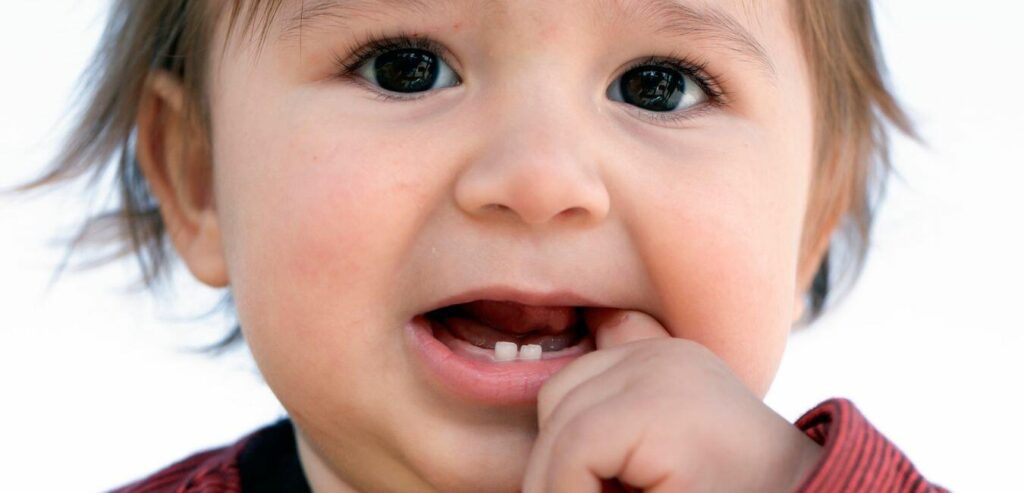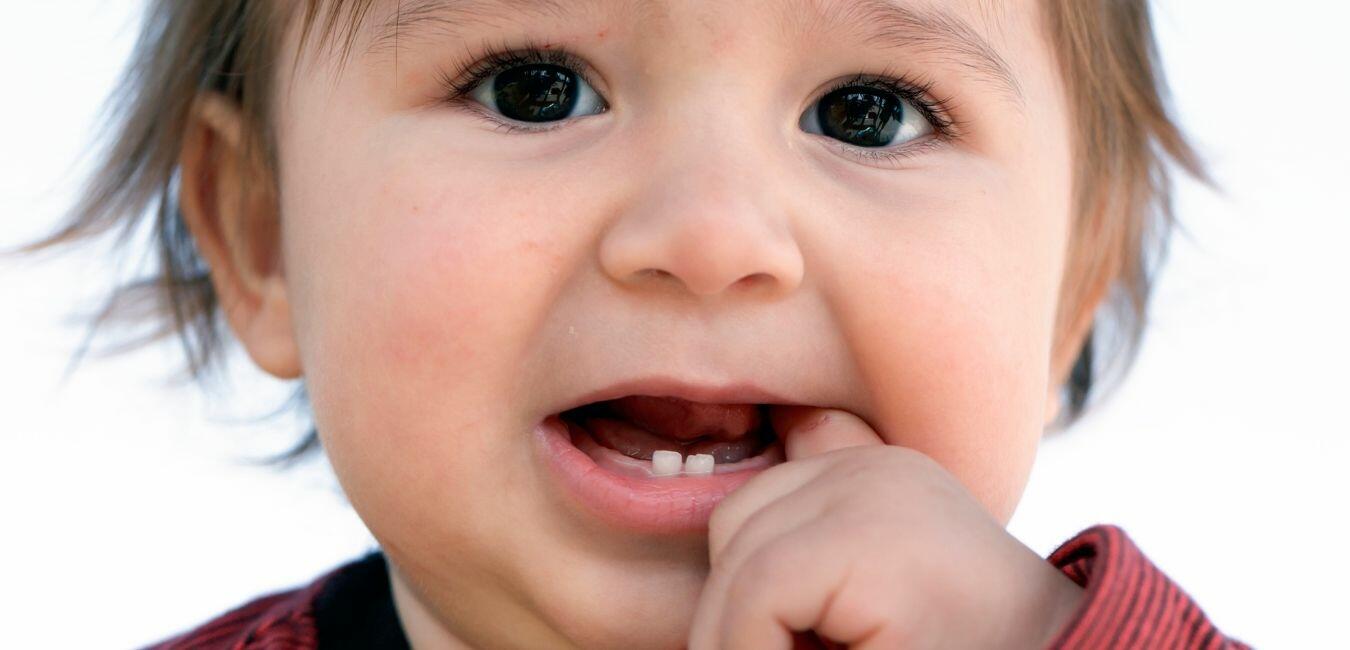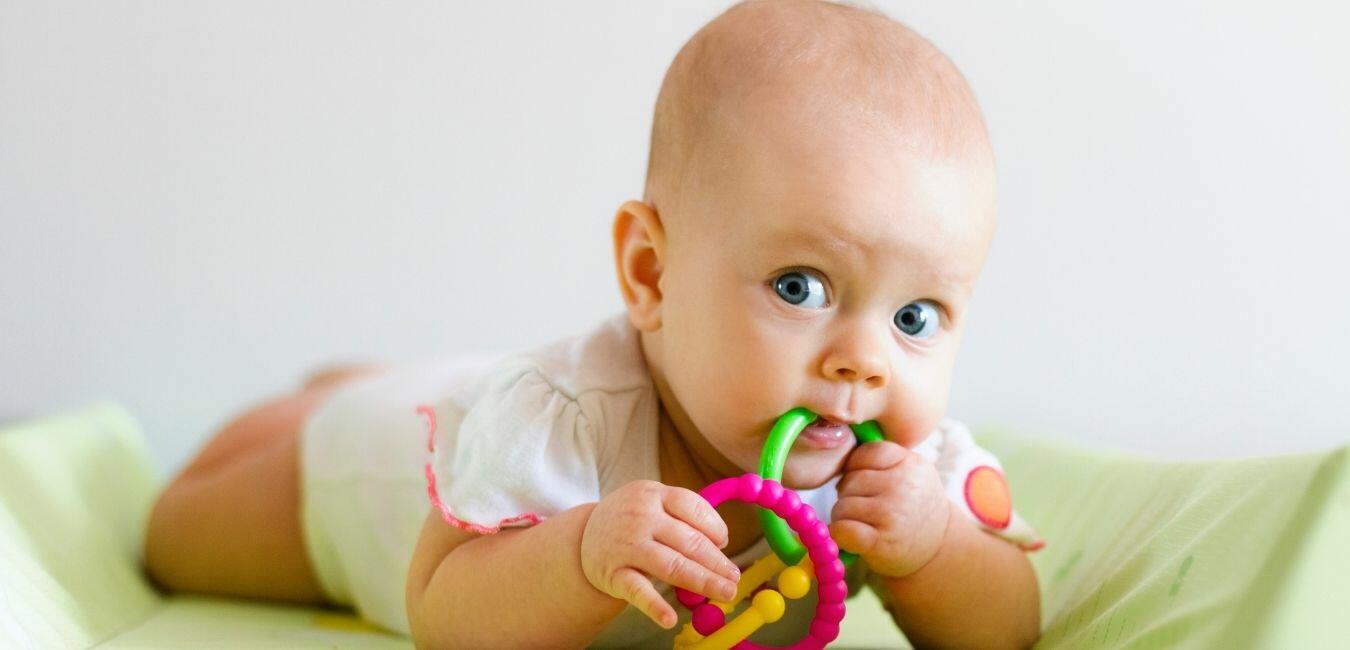How do baby’s first teeth appear, and why is he in so much pain? Pediatric dentist Indianapolis at Pediatric Dentistry West tells you all about this essential step that disrupts the balance of your child and yours at the same time!
What is teething?
Baby-teething! This expression, you must have heard it already in the mouths of many parents. But what does this mean exactly? The teething is characterized by the breakthrough of deciduous teeth through baby gingiva, causing movement of the teeth in the jawbone. This phenomenon causes inflammation for several days before the tooth finally pierces. Then, one after the other, the primary teeth, more commonly known as ” baby teeth, “are put in place in the mouth. These first teeth must be placed correctly because they will serve as a guide for the final teeth.
What is the age when babies start teething?
The first baby tooth usually appears about six months. This age is nevertheless purely indicative. Indeed, some babies will have their first quenotte as early as four months, while others will have to wait 8, 10, or even 12 months. The 20 baby teeth almost always appear in the same order and will all be in place by the age of 3. Although this stage goes almost unnoticed in some children, teething is accompanied by various symptoms causing discomfort and pain for your little one most of the time.
Order of appearance of baby teeth
The order of teething varies greatly from child to child. However, the first teeth that appear most of the time in a baby are the lower incisors. Formed around 4 or 5 months, some babies will not see the first teeth until the age of 8 or 9 months.
After a year, the first four molars slowly begin to appear. Then come the canines and second molars. It is generally between 2 and 3 years that the child contains all the temporary teeth.
However, if your child’s teething is late compared to their peers, don’t panic. Often of a family nature, the age of onset of teeth has no impact on a baby’s health.
What are the major signs of teething?
The arrival of a baby’s first teeth is always an event, but it is not a pleasant moment for the baby or his parents. The warning symptoms of teething vary from child to child. Here are the symptoms that can put you on the trail of teething:
- Need to nibble and put everything in your mouth
- Red cheeks, especially on the side of the tooth sticking out
- Drool a lot
- Swelling of gums. We sometimes speak of “doubling of the gums.”
- Red, irritated buttocks (diaper rash)
- Irritability
- Diarrhea
- Sleep disturbed
- Reduced appetite
You shouldn’t panic if you see your baby has a fever. A moderate fever can also be a sign of the appearance of your first teeth. Fortunately, they only last a few days and go away once the tooth has erupted. The symptoms and fever will then subside very quickly.
Be careful, however, not to blame it all on teething. If the discomfort continues and the fever increases, the baby is probably suffering from something else. A consultation with pediatric dentistry is necessary. If you are living in Indiana and looking for Children Dental Center Indianapolis IN, the Pediatric Dentistry West would be the fabulous match for your babies.
Teething: how to relieve baby?
The teething is an inevitable step possible to prevent and difficult to alleviate. However, a few simple actions can temporarily soothe the baby and help him overcome this ordeal of the appearance of the first teeth.
1 / Massage baby’s gums with a gum gel during teething
The baby’s gums are very painful during teething. Massaging them with a gel or a gum balm can be a good solution to soothe the baby. You can do this using your finger (be sure to wash your hands well beforehand) or a special baby toothbrush and deposit the equivalent of a grain of rice or gum gel—a gesture to repeat 2 to 4 times a day.
Another product specially designed to massage a baby’s gums is the silicone toothbrush. It is placed on the finger and allows you to massage the inflamed gums of your little one gently. You can add a gum gel on top.
2 / Give baby a teething ring
A teething ring is a small object that can be very helpful during teething. It allows the baby to chew and put pressure on his gums which reduces pain and effectively relieves it. Preferably choose a rubber ring with different raised surfaces (rounded pins…) to massage the gum well.
The refrigerated teething ring: a good idea?
Besides the classic teething rings, refrigerated teething rings provide a very pleasant “cold” effect for the baby. Filled with water or gel, they are placed in the refrigerator a few hours before use (be careful, never in the freezer!). The cold then immediately soothes the sore gums for a slightly numbing effect. The chilled teething ring is, therefore, a great idea for relieving toothache associated with teething.
3 / The crouton of bread
If your baby has reached the age of eating solid foods, you can give him a crouton of bread, crackers, or cucumber sticks. Massaging the gums when he chews should help relieve the pain. Avoid too sweet foods, which could damage their teeth, and keep an eye on them until they are finished.
4 / Homeopathy
Homeopathy works well in babies to soothe the pain of
Teething. So easy to administer to toddlers, it is found in different forms (granules, liquid, etc.). Does this solution tempt you? Ask your pediatric dentist for advice.
5 / The amber teething necklace
Praised by many parents, the amber teething necklace is a grandmother’s remedy with many followers today. It is credited with almost magical virtues that would effectively relieve dental pain. Although without any real scientific basis, the virtues of the amber teething necklaces for babies seduce many parents in search of a solution to soothe their baby. Want to make up your own mind? Don’t choose just any amber necklace! The safety of your child needs to choose a collar that meets all applicable standards. For example, the pearls must be separated from each other by small knots to prevent them from coming undone if the necklace were to break.
6 / Paracetamol
As a painkiller, paracetamol is considered in some cases to relieve the baby in case of significant discomfort during teething, especially at night. It is best-known for infants teething tablets. However, ALWAYS seek your doctor’s advice before administering any treatment and adhere to the recommended pediatric doses.
Whatever solution you choose to relieve pain during teething, know that the best remedy is still the comforting presence of parents to cuddle, cuddle and console the baby. And remember, this is only a bad time to go!





